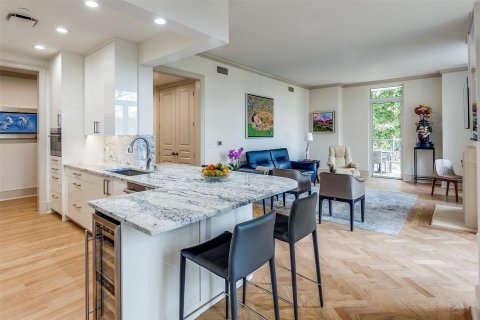Beyond Tokyo — the Surprising Side of Japan That’s Awaiting If You Skip the World’s Mega City
Your Guide to the Real Wonders of Japan
BY Courtney Dabney // 09.24.20Hakone Shrine's famous Torii Gate opens to Lake Ashi.
Many of us are itching to hop on a plane and explore the world, but even the most ambitious travelers are largely stuck stateside. These days it’s about eking out sight seeing close to home or road trip distance destinations. And the coronavirus concerns and restrictions that have kept many close to home aren’t going away anytime soon.
With true wanderlust in mind, PaperCity will be highlighting some faraway dream locales in the coming months, too. There’s no need to dust off your passport just yet. But maybe some of these destinations will land on your permanent bucket list for when we are free to set off in all directions.
First up? Japan.
Japan is truly an exotic locale ― the Eastern mindset and ancient culture remain somewhat mysterious to many Westerners. But the big city of Tokyo somehow feels familiar. With a staggering population of more than 37 million people, Tokyo is the largest city in the world. You can hop on a train in one part of Tokyo and travel for more than two hours and still be in Tokyo.
Perhaps you’ve been to the vast metropolis, through its packed subway stations and its labyrinth of side streets. If it’s your first trip to Japan, Tokyo remains a powerful lure. But if it’s a return visit — or you want something unique and authentic — you might consider going where the restaurant menus are not translated into English.
You’ll be surprised by the beauty of Japan when you finally escape the bounds of its mega city.
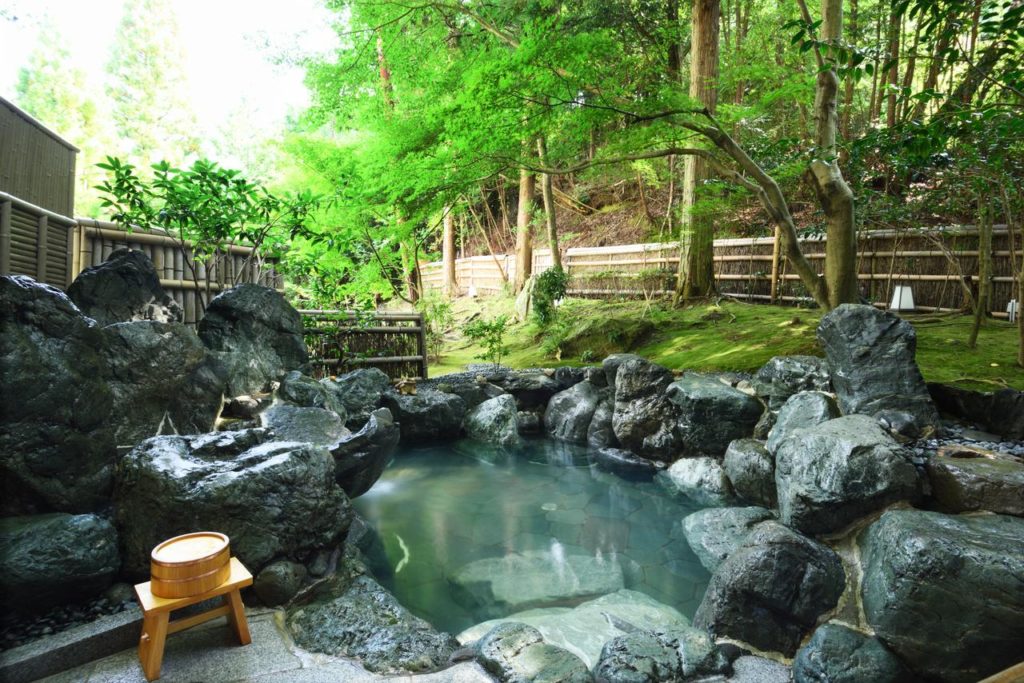
Hakone’s Dramatic Perks
This is quintessential Japan, located about three hours south of Tokyo with epic, postcard views of Mount Fuji in the distance. Hakone provides a rare glimpse into Japan’s unspoiled beauty. It’s also home to Fuji-Hakone-Izu National Park. You’ll be awestruck by the famous red “torii” gate reflecting in Lake Ashi. It’s the water gate entrance to the Shinto Hakone Shrine.
Hakone is also home to many “onsen” (hot springs baths). For a more personalized travel experience, consider checking into a Ryokan, or family run B&B, for a more private retreat. The public baths can be a bit jarring to most Westerners, who are not accustomed to the full frontal nudity common in the baths. In this new coronavirus era, the privacy at a Ryokan brings another major perks. Many Ryokan in the Hakone area have their own private spring fed oasis.
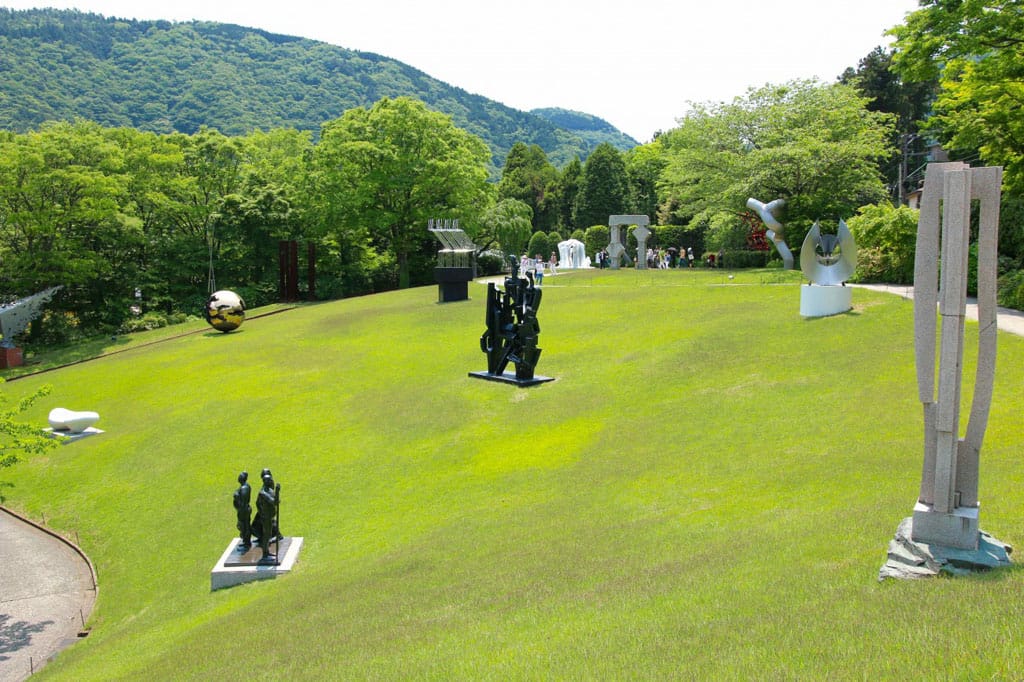
While in Hakone, don’t miss the spectacular Open Air Museum. Just envision Dallas’ Nasher Sculpture Garden times 10 — with everything set on rolling pastures. Masterworks by Matisse and Picasso are installed on the grounds, among the 120 other sculptures explore. This is one of the most spectacular and ethereal museums in the world, each sculpture more mezmerizing than the last.
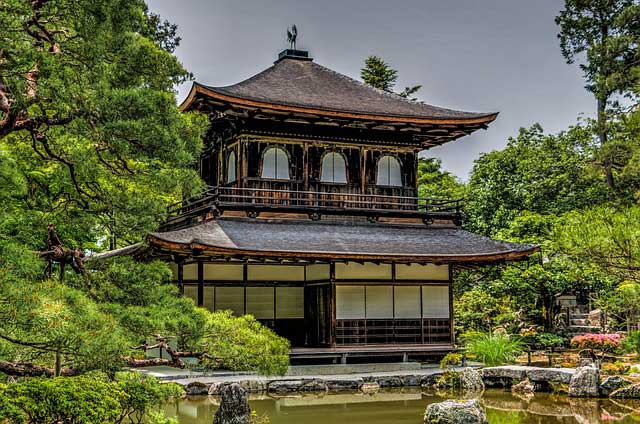
Ancient Zen in Kyoto
From Hakone, historic Kyoto is just two and half hours by Shinkansen (bullet train).
Home to the third most Michelin rated restaurants in the world (No. 1 is Tokyo, followed by Paris, and No. 4 is nearby Osaka), Kyoto is a foodie wonderland. The best meal of my life came at one of Kyoto’s three star family-run restaurants inside a private home.
Typically, these are traditional Kaiseki style (multi-course presentations). The dishes roll out at a leisurely pace, with ample drama and showmanship. Steamed towels precede hand held dishes, palate cleansers set the stage, the dishes appear to be almost too beautiful and delicate to eat, and your glass never goes empty. Reservations are a must in order to enjoy the ritual and overwhelming hospitality of a meal like this.
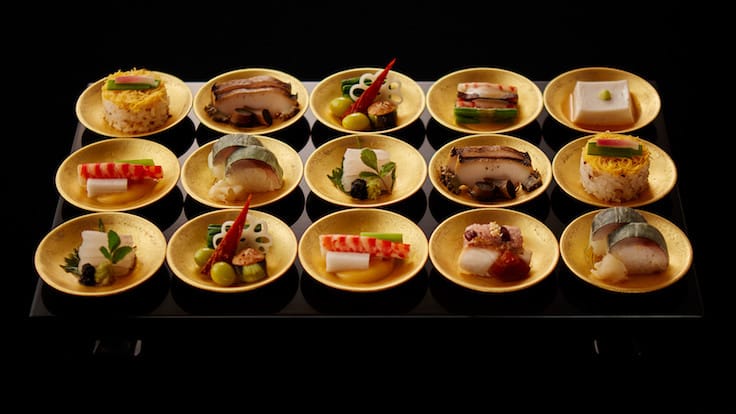
Kyoto by day is a Zen wonderland with over 1,600 Buddhist shrines and 400 Shinto shrines to explore. These range from the elaborate and heritage site showstoppers to hundreds of off-the-beaten-path sites nestled into every neighborhood. It’s easy to make a day or two of just wandering the city, taking in the sights and serenity and inhaling the thick incense.
This is a chance to put your guidebook down, and pocket your cellphone for a bit. Instead simply watch and learn. Friendly Kyoto locals will likely dip the bamboo ladle for you to wash your hands prior to proceeding into a shrine. Watch as they write prayers on white strips of paper and tie them onto twigs and strings nearby.
Simply take in the scene — the bowing, the clapping, the trickling water, bells and most of all the silence.
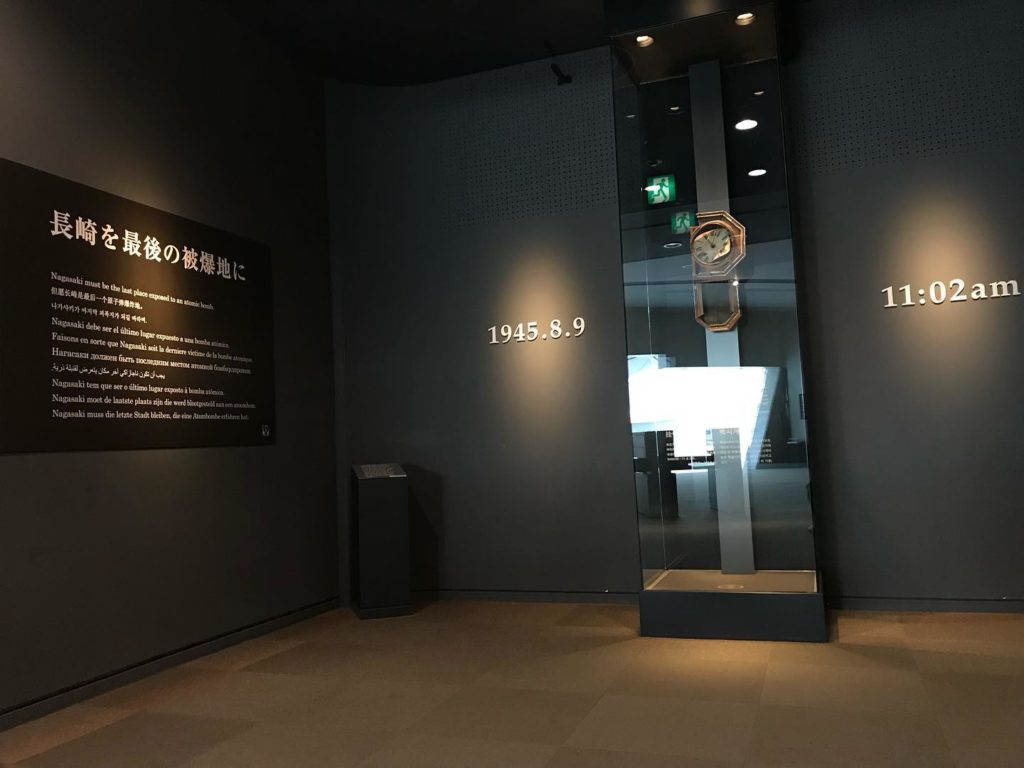
Nagasaki’s Thoughtful Surprises
Located on the southern island of Kyshu, Nagasaki has its own dialect, its own delicacies and a relaxed feel. The picturesque port city surrounds a natural harbor and its lights creep up into the hills. It is located another four to five hours south by train.
The Nagasaki National Peace Memorial is not to be missed. The aftermath of the atomic bomb that leveled the city on August 9, 1945 (75 years ago) is captured here for all time. War — and especially nuclear war — are the subject of the memorial, with its supreme devastation and the desire for peace instead are powerful themes.
Among the poignant reminders at the memorial is a clock which is stopped at 11:02 am ― the precise time the bomb hit the city, and instantly erased some 20 neighborhoods near the epicenter of the blast. Other artifacts on display include melted bottles, burnt clothing and a lunchbox with its contents still charred inside of it.
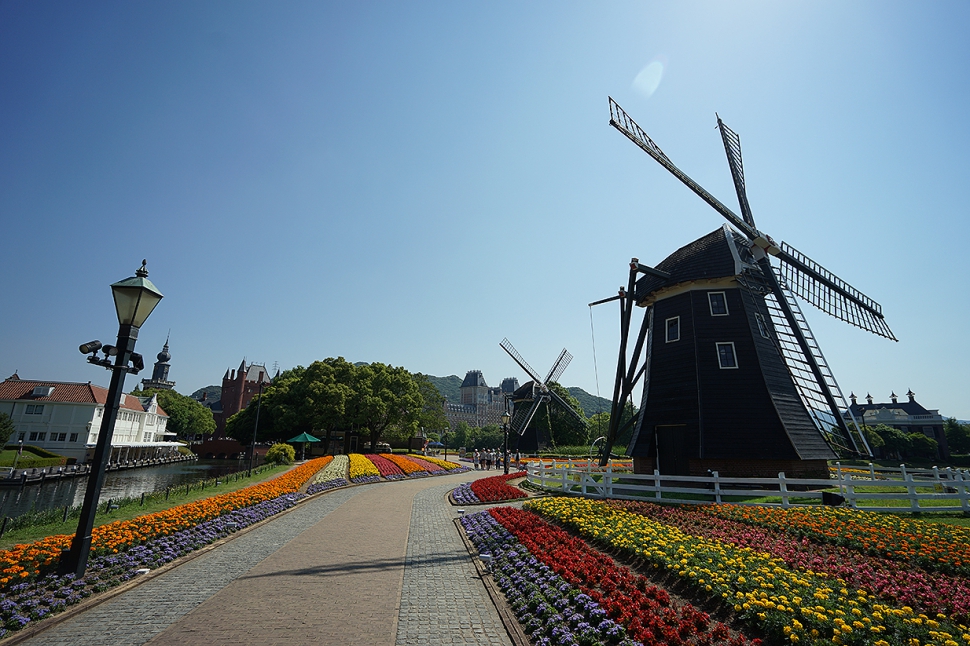
Nagasaki’s history has an interesting Dutch connection as well. Between the mid-1600s and the mid-1800s only two nations, Holland and China, were permitted to trade and have limited contacts with Japan and only in the ports of both Kobe and Nagasaki. This explains the unique affinity for that culture within Japan.
One surprising grownup theme park here is simply mesmerizing ― Huis Ten Bosch. You literally exit a train in a typical Japanese station — and get immediately transported to a Dutch village, complete with canals, windmills, sailing ships and plenty of shopping. With the detail of the architecture, scale and exact replication, you feel like you’re in the Netherlands. You can even stay in one of the four European-style hotels on site, for a vacation within a vacation.
Put some of these special Japanese areas on your itinerary the next time you travel to the Far East and you’ll be amazed by the scenery that awaits once you make it out of Tokyo.


































